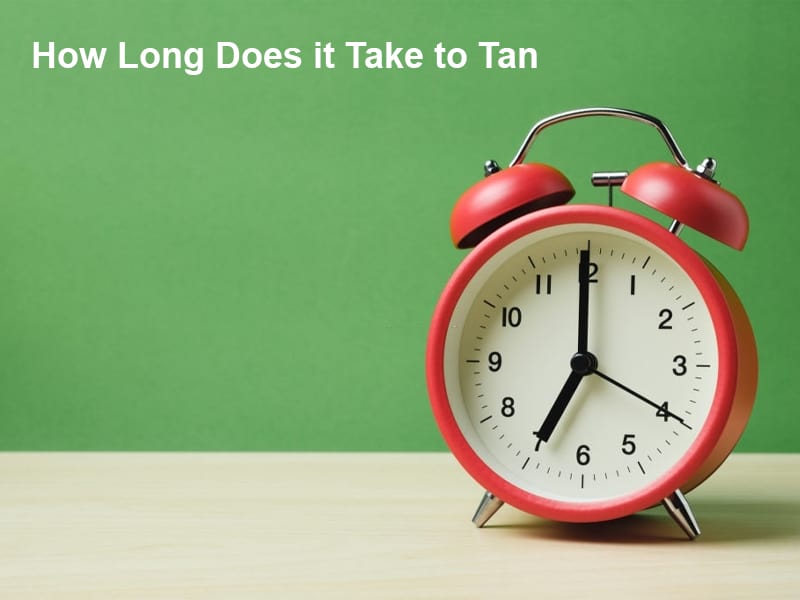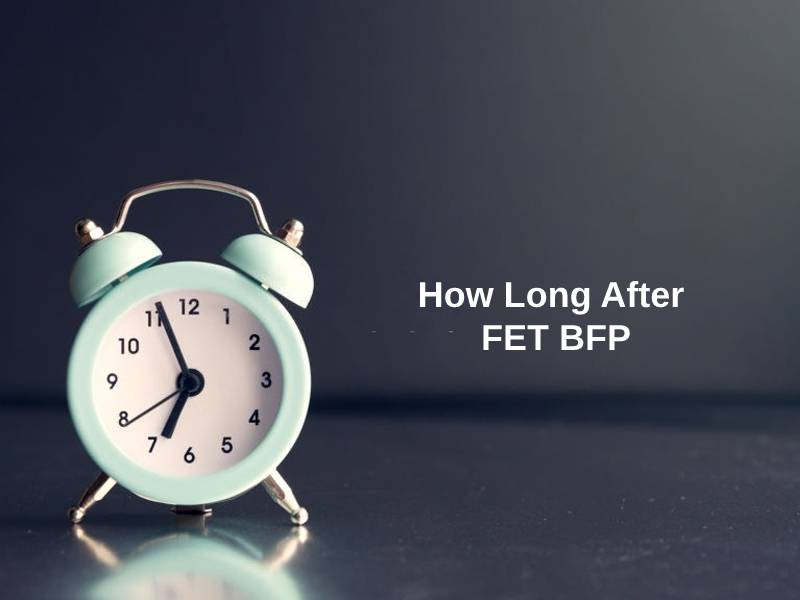Exact Answer: After 45 minutes
Upper endoscopy is an invasive procedure performed on a patient to examine the inner lining of his or her upper GI tract. This includes the esophagus, stomach, and duodenum. This medical procedure is also known by another term- esophagogastroduodenoscopy or EDG.
The procedure involves the doctor threading a thin and flexible tube through the mouth and throat of the patient. The tube is fixed with an internal camera that helps get a clear picture of the inner lining of the upper GI tract. The tube is then guided through the esophagus and the stomach, finally reaching the first segment of the intestine or the duodenum.

How Long After Upper Endoscopy Can I Eat?
The post-procedure care protocols for an upper endoscopy may vary from one patient to another. However, there are a certain set of invariable norms that all patients must adhere to when undergoing upper endoscopy. Thus, there are rules about the kind of food that can be consumed both before and after the procedure. The time frames allocated for such consumption are also quite rigidly fixed.
The most important determinant for the time frame of consumption is based on the kind of sedative used for the procedure. Therefore, if a numbing throat spray is used on the patient prior to the endoscopy, he or she will not be allowed to consume food for at least 45 minutes after the procedure is completed.
Alternatively, if an individual undergoes the upper endoscopy without using the throat spray, then the patient is allowed to consume food and drinks right after the procedure. No restrictions are placed on the individual in such a scenario.
The thumb rule with an upper endoscopy procedure remains that the patient can consume food and drinks as soon as the discomfort from the procedure is over. If the patient can swallow normally after the upper endoscopy, then he or she will be allowed to eat soon after the procedure.
However, the doctors conducting the upper endoscopy procedure specify that the patient must consume light and easily digestible meals for the next 24 to 48 hours after the procedure. The typical diet of the individual can be resumed only after the individual feels normal again.
In Summary:
| Sedative Used | Resuming Consumption |
| Throat Spray | After 45 minutes of the procedure |
| No Throat Spray | Right after the procedure |
Why Do You Have To Wait So Long To Eat After An Upper Endoscopy?
Endoscopies are quite traumatic for the food pipe. Doctors prescribe that patients undergoing an upper endoscopy must refrain from food or drink consumption for a certain time period because the procedure itself is quite strenuous. Threading a thin tube with a camera into the upper GI tract is undoubtedly invasive. The stress and strain of the procedure can heighten our gag reflexes.
There is a possibility that the patient may possibly choke on the food consumed after the procedure because of muscle spasms. It is recommended that they refrain from food consumption for some time. Moreover, some amount of bleeding can be expected right after the procedure. Eating can further aggravate the bleeding.
Similarly, when the throat numbing spray is used, it helps relax the muscles lining the esophagus. This helps smoothly thread the tube. However, the muscles may remain numb after the procedure is over. Thus, consuming food right after will be hazardous as the esophagus will not be able to perform its usual function of passing the food bolus correctly down the food pipe.
When the throat spray is not used, theoretically, patients can eat right after the upper endoscopy. However, in reality, they remain groggy and uncomfortable. Thus, they normally refrain from eating for quite some time.
Patients are allowed to consume some orange juice after the procedure to help reduce the discomfort. However, resumption of the normal diets is discouraged right after the upper endoscopy procedure as the inner muscles take time to relax and get back to their normal functionality levels.
Conclusion
An upper endoscopy is a relatively simple medical procedure used to check the inner lining of the upper GI tract. However, much like other medical procedures, there are certain risks associated with an upper endoscopy.
Eating is restricted right after the procedure. When a throat numbing spray is used on the patient, the time frame is 45 minutes. After this initial time frame, the person can eat. However, if the spray is not used, theoretically a patient can resume eating right after the procedure is over. Doctors restrict this to the consumption of juice, while solid food is allowed a little later.





















The risks of consuming food and drinks immediately post-endoscopy are very well explained here. I appreciate the attention to detail.
I love how this article provides a detailed explanation of why patients must wait before consuming food after an upper endoscopy. Very enlightening.
The risks associated with consuming food immediately after an endoscopy are well-explained here. This article serves as eye-opening information.
While I appreciate the information provided, I believe the risks and benefits could have been balanced more effectively in this article.
The reasoning behind the wait time for consuming food post-endoscopy is very well elaborated here. Indeed, we must always trust the advice of medical professionals.
This article seems to suggest that the dietary restrictions are unnecessary. It would be good to have a counter-argument from a medical professional.
A well-explained article – it would be great to know more about the recovery process post-endoscopy.
It’s important to be aware of the reasons behind the dietary restrictions post-endoscopy, as outlined in this article. Very informative.
I would have liked to see more information about the risks and complications associated with upper endoscopy, not just the dietary restrictions.
I understand what you mean, Hannah. Perhaps a follow-up article could delve deeper into that aspect.
Valid point, Hannah. It’s always good to be aware of all aspects of a medical procedure.
This article provides a very comprehensive explanation of upper endoscopy and its effects on patients. A must-read for anyone considering this procedure!
Couldn’t agree more, Cooper. This is indeed a very informative piece.